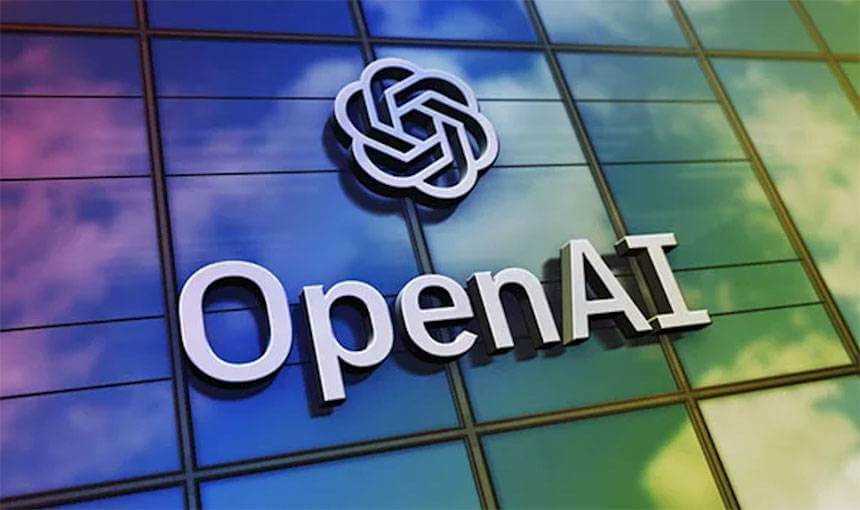OpenAI is embarking on an ambitious five-year plan to manage its massive $1 trillion spending commitments aimed at furthering artificial intelligence (AI) development. This plan addresses the financial obligations arising from significant investments in AI infrastructure and computing power.
Financial Strategies and Revenue Generation
To meet these substantial financial demands, OpenAI is exploring multiple avenues for revenue generation, debt financing, and capital acquisition. The company is actively pursuing new revenue streams, including offering customized AI solutions to governments and businesses. This includes tailoring AI applications to meet specific client needs, marking a shift towards large-scale commercial applications. Other potential revenue sources under consideration include entering the online advertising market, expanding its video platform Sora, developing AI agent services, and launching consumer hardware products. A potential partnership with Jony Ive, the former Apple designer, could lead to the creation of AI-based personal assistant devices.
Currently, OpenAI's annual recurring revenue is around $13 billion, with 70% originating from ChatGPT subscriptions. The company aims to increase its user base and revenue by doubling the proportion of paying ChatGPT users from the current 5% of its 800 million regular users. This may involve offering discounted subscriptions in countries like India, Brazil, and the Philippines.
Infrastructure Expansion and Partnerships
A significant portion of OpenAI's planned expenditure is allocated to expanding its AI infrastructure. This includes improving computing power and building a network of data centers, such as the proposed "Stargate" project in collaboration with SoftBank. OpenAI has also made commitments to secure 26 gigawatts of computing capacity from Oracle, NVIDIA, AMD, and Broadcom, which are expected to cost over $1 trillion in the next decade. These collaborations aim to enhance AI hardware performance through shared expertise. OpenAI intends to "leverage other people's balance sheets," relying on the capital and infrastructure of its partners rather than shouldering the full cost alone.
Financial Challenges and Sustainability
Despite its revenue growth, OpenAI faces considerable financial challenges. Recent financial data indicates that OpenAI generated approximately $4.3 billion in revenue in the first half of 2025 but also experienced a $13.5 billion loss. The company's operating costs and capital commitments significantly exceed its income, putting financial pressure on its operations. Some investors, including Microsoft, have been deterred by this trend.
The company's strategy involves securing a technological lead before focusing on profitability, with CEO Sam Altman stating that profitability is not a primary concern. OpenAI is exploring a combination of capital raising, debt financing, industrial collaboration, and new commercial products to meet its financial obligations. However, some analysts are concerned about the company's financial sustainability and the potential burden on the global financial system.
Strategic Moves and Market Impact
OpenAI is making strategic moves to convert AI into a direct economic engine. This includes a recent partnership with Walmart, allowing customers to purchase products directly through ChatGPT conversations. The company is also broadening its product portfolio to include dedicated services for governments and enterprises, expanding its video-generation platform Sora, and developing AI agents capable of performing complex tasks for users. These initiatives are expected to intensify competition in the AI industry, potentially prompting other tech firms like Google and Amazon to adjust their strategies.



















